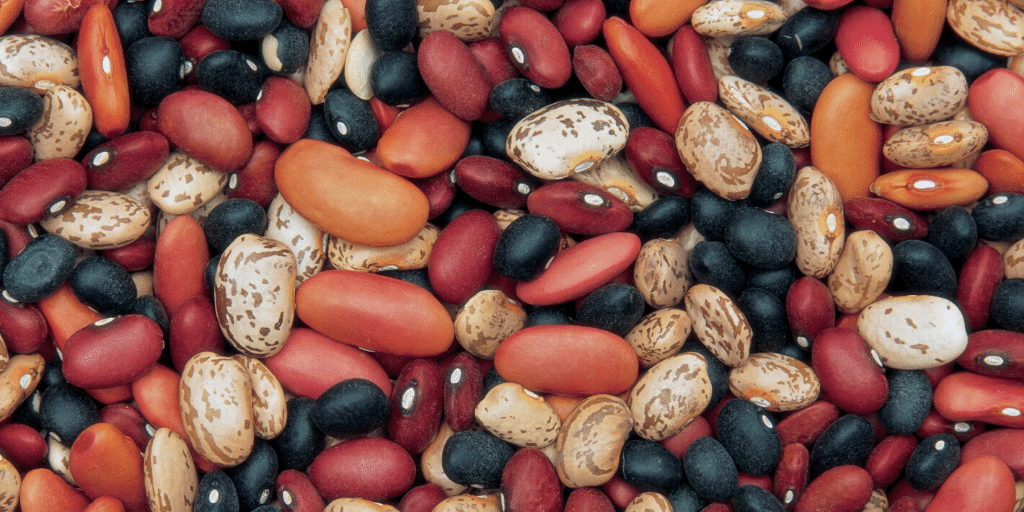In this project different machine learning algorithms were used to classify the most well-known 7 types of beans in Turkey; Barbunya, Bombay, Cali, Dermason, Horoz, Seker and Sira, depending ONLY on dimension and shape features of bean varieties with no external discriminatory features.
- This code was part of a Kaggle competition and came in the 9th place out of 81 teams.
MLP, Xgboost, Catboost and LightGBM classifiers were trained and a final VotingClassifier is used resulting F1-score 0.956 on the training data, 0.935 on validation set and 0.938 on the final testing set.
The dataset provided in this project is obtained from UC Irvine Machine Learning Repository - Dry Bean Dataset.
- Note: The data is already splitted with 80% - 20% ratio to training and testing sets respectively, so a part of the data is already separated for final testing and will use the training set for train and validation.
- Exploring the dataset, getting summary statistics and checking for null values and duplicates and there weren't any.
- Graphical representations:
1- Count plot the labels column show the distribution of all classes that showed a slight imbalance but it doesn't affect and no need to handle.
2- Histogram of numerical features, some distributions have long tails, skewed and most are bi-modal which means that some classes are quite distinct from others.
3- Boxplot shows that the "Bombay" & "Horoz" classes are distinct from other classes and that there are some minimal outliers in some features.
4- The Pearson linear correlation shows that there are lots of highly correlated features.
1- Label Encoding the categorical target labels with values from 0 to 6.
2- Train-Validation split the training dataset with 95% - 5% ratio.
Now, we have the training set:
3- Remove outliers from some features with certain threshold.
4- Feature scaling using StadardScalar()
SVC, MLP, Xgboost, Catboost and LightGBM classifiers were trained on the dataset separately.
- RandomizedSearchCV was used previously in hyperparameter optimization for the models and the best parameters are used directly in this code.
- F1-score and Confusion Matrix are used to evaluate each model's performance.
Finally, Voting classifier with 'soft' voting is used with the four best models; MLP, Xgboost, Catboost and LightGBM.
To run this project, install:
1- numpy library
2- matplotlib library
3- pandas library
4- seaborn library
5- sklearn library
6- scipy library
7- os library
